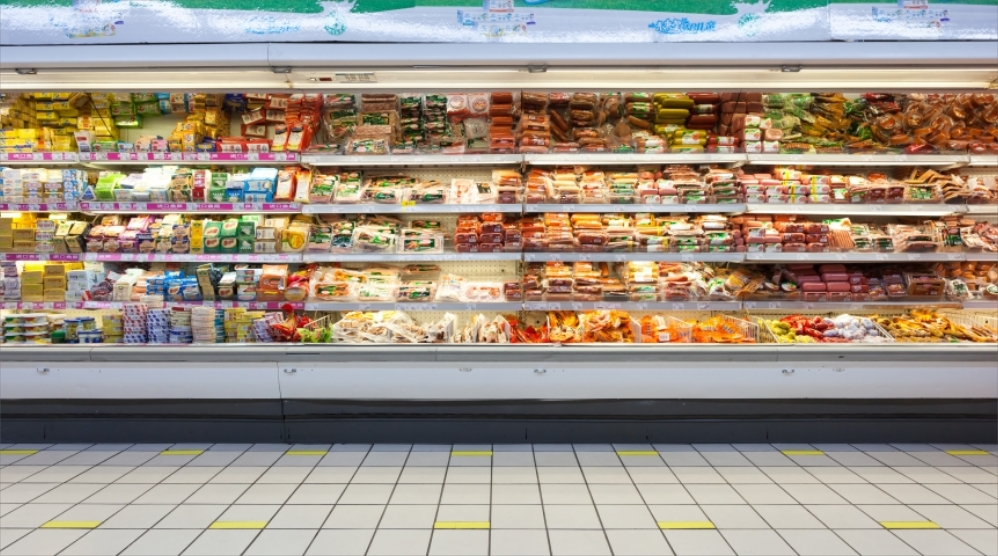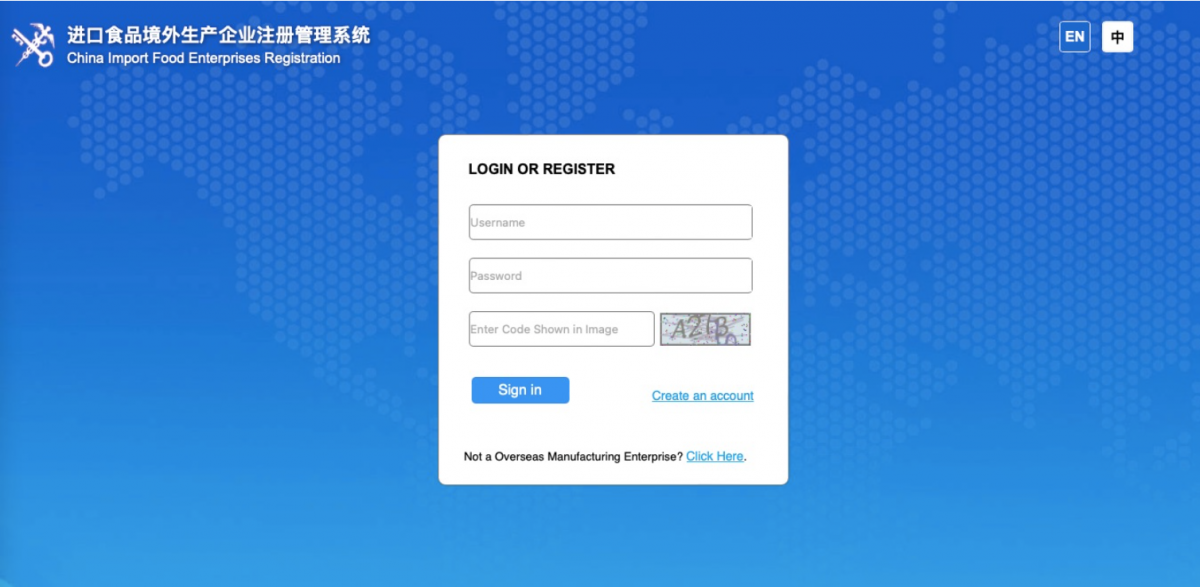


In April 2021, China’s General Administration of Customs (GAC) issued Order 248 and Order 249. These two major regulations require all overseas F&B manufacturers exporting to China to register, before 1 January 2022, on a platform designated by GAC, and to display the registration number of the label and package. Failure to do so will prevent European F&B companies to export their products to China.

As we are approaching the deadline for registration, a lot of confusion remains. Companies still have many doubts on the registration procedure for their F&B products, are encountering technical issues when register on GAC’s platform, or are not entirely clear on the changes to be adopted to their labels and on what constitute ‘inner package’ and ‘outer package’. The EU SME Centre is receiving several emails every week from European SMEs seeking assistance.
In order to make some clarity and to prevent any interruption of exports from EU SMEs to China, we have partnered up with key experts in the sector and prepared these guidelines answering the most common questions received from EU F&B producers. We also organised a webinar on 8 December 2021. Please click here to download the presentations, or click here to watch the recording.
1. What is GACC registration and what happens after 1 January 2022?
Overseas F&B product manufacturers are required to register with GACC (General Administration of Customs China) in order to be able to export their products to China.
After 1 January 2022, the Chinese importer will have to provide the GACC registration number to the customs officers in order to receive the goods. The products made by manufacturers that have not received the mandatory GACC registration number will not be able to clear China customs after 1 January 2022.
More information in English available here and you can click here to download a brief overview presented by Raymond NG of Accestra (first download file in the page).
2. Can I register on the database after 1 January 2022?
The database will be open any time for enterprises to register and they can register when the need arises after 1 January 2022.
3. For registration of products within 18 high risk categories, who is the ‘competent authority’ in my country that I should approach for help?
The manufacturers who produce within 18 high risk categories should be applying for GACC registration number through recommendation by local authorities.
The assigned competent authority will depend on the country, but it will be working in alignment with your national ministry of agriculture and you can seek help with your case locally there or by reaching out to EU SME Centre.
4. What happens if my products are already in China, but I don’t have a GACC registration number yet? What happens if my products are already in a bonded warehouse in China, but I haven’t cleared customs yet?
The products that show the manufacturing date prior to 1 January 2022 will be allowed to clear customs and sold in China without adjusted labeling, provided that the manufacturer has acquired the GACC registration number.
If the products are manufactured after 1 January 2022, the labeling has to follow the new regulations, as stipulated by GACC Decree 248, Article 15:
“Regulations of the People’s Republic of China on the Registration and Administration of Overseas Manufacturers of Imported Food (Decree 248)”. Article 15:
The registered manufacturer shall mark the Chinese registration number or the registration number approved by the competent authority of the exporting country/region on the inner and outer packaging of the foods exported to China.
© Accestra. Raymond Ng “4 Ws of GACC Registration”
The registered manufacturer shall mark the Chinese registration number or the registration number approved by the competent authority of the exporting country/region on the inner and outer packaging of the foods exported to China.
5. Our company does not have a regular supplier of raw materials, we change them constantly depending on various factors. How do I fill the relevant information in the system?
It is recommended to fill the information on all your known suppliers of raw materials, i.e. those that you will potentially use in the future, regardless of whether you are using them at the moment or not. It doesn’t matter if in the end you will not use any of the suppliers listed in the registration.
6. Our company purchases raw materials from a broker, not from the direct producer. How do I fill the relevant information in the system?
If possible, it is recommended to obtain the relevant information on the raw material producer from your broker. If not possible, then you can fill the relevant information on your broker. In fact, as a rule of thumb, you should fill the information on the supplier with whom you have the most direct relationship.
7. What happens if I am selling my F&B products through China’s Cross-Border E-commerce? For example on Tmall Global, JD Worldwide, KAOLA and etc?
The mandatory GACC registration from 1 January 2022 is required for products entering China through general trade and is currently not required for products sold via cross-border e-commerce channel.
8. How can I register if I am exporting the products, but I am not the manufacturer?
The GACC regulation starting on 1 January 2022 and the single window registration system https://cifrt.singlewindow.cn is set up specifically for registration of foreign F&B manufacturers whose products will be exported to China.
If the exporter is only responsible for exportation of goods and they do not manufacture or process the goods, they should only submit an export filing on a separate system: http://ire.customs.gov.cn/#.
9. How can I register through self-registration?
We have presented the step-by-step process during the webinar, currently accessible here: https://www.youtube.com/watch?v=ks5BSKuArKQ. And you can also click here to download an informative guideline prepared by Lavinia of Accestra (second download file in the page).
Or go to GACC’s website to download the official user manual in Chinese – no translation in English is available at the moment.
10. If I have more than one production facilities, how should I do the GACC registration?
If you have different production sites, your registration should be filed for each site.
11. If I have my product partially made in one country at one location, and my finished product is exported from another location, which enterprise should I register in the manufacturer’s registry database?
There is no clearly defined regulation, but the rule of thumb would be that the company that completes the finished product and the country where the production process is completed will be regarded as the ‘country of origin’, and this is the manufacturer that will need to be registered in the single window system.
We will be happy to consult on individual cases to find the best solution for your GACC registration.
12. What are the labelling requirements for GACC registration number? Where do I need to display the GACC registration number?
Currently there is no clearly defined placement or template of how the GACC number should be indicated on the packaging and where.
It is mandatory to have a Chinese label on each product imported to China, and you can include the registration number on the label or add another sticker onto your product indicating registration number after 1 January 2022.
13. How long does it take for GACC to provide me with the registration number after I submit the application?
It depends on how thoroughly the applicant has prepared and filled in the information. If you need to edit or clarify the information uploaded, the process might extend until you upload the information correctly and clarify emerging questions.
Accestra has been successful in completing the registration within 7/8 days for manufacturers of low-risk food categories, while the timeline varies significantly for the high-risk categories and depends on the national competent authority’s involvement.